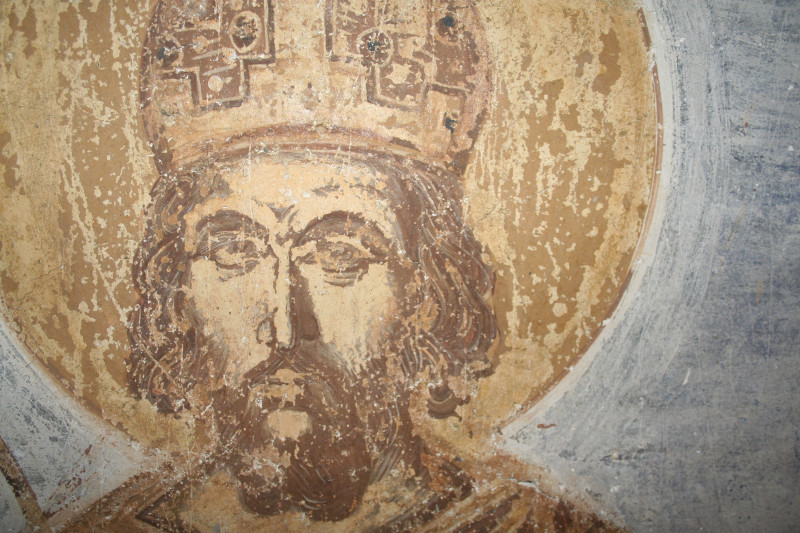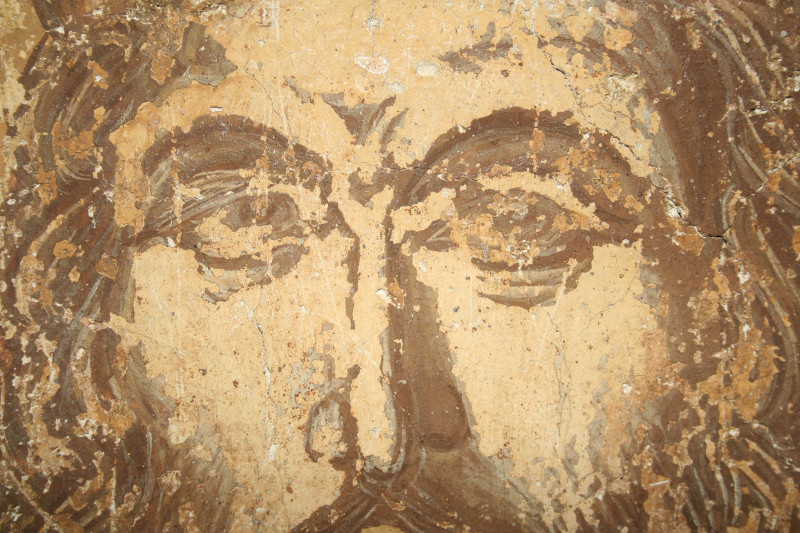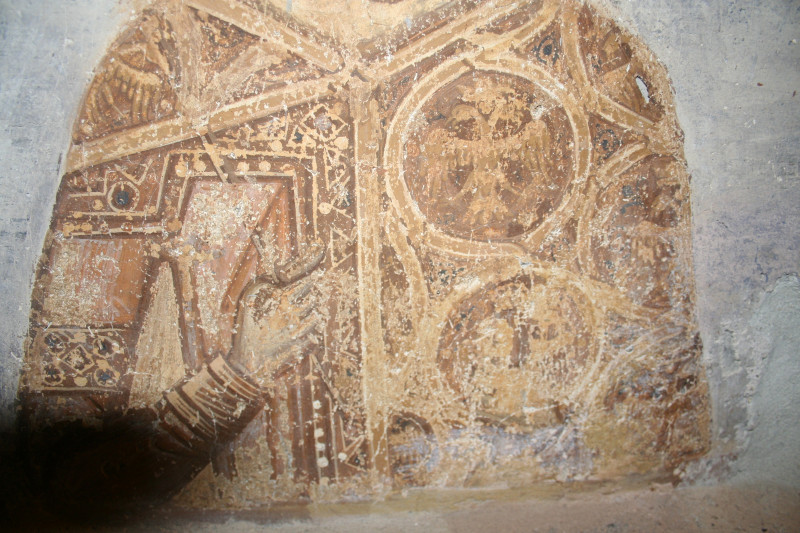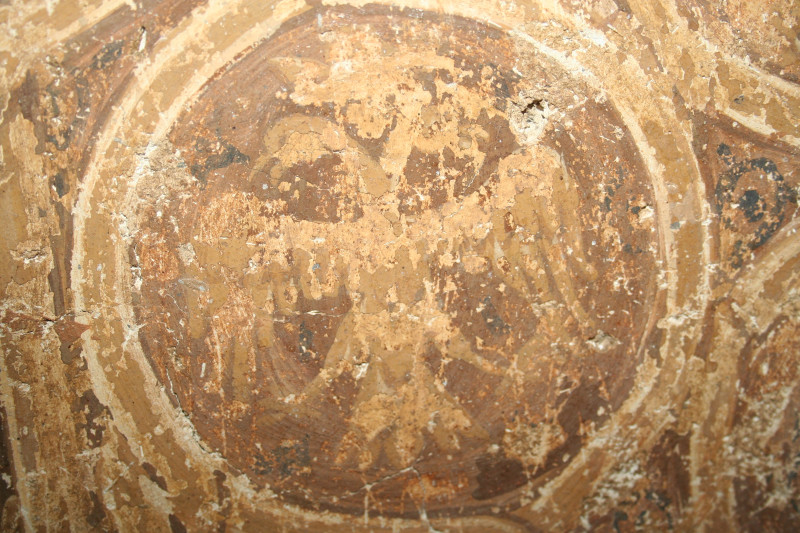The archaeologist Dr. Anastasia Koumousi located the unique portrait of the last Byzantine emperor Constantine XI Paleologus
In her Catholic Old Monastery of Taxiarchon Aegialiajust 15 km from Aegio, two layers of frescoes, of high artistic quality, from the late Byzantine years, which reflect the aesthetic trends of Constantinople, are preserved.
During their maintenance work, the archaeologist Dr. Anastasia Koumousi, Director of the Ephorate of Antiquities of Achaiaidentified the unique portrait of the last Byzantine emperor, Constantine XI Palaiologos, in the second layer of wall painting, which, based on stylistic criteria, can be safely dated to the middle of the 15th century.
The work carried out by the Ephorates of Antiquities Ministry of Culturesaid the Minister Lina Mendoniin the context of the maintenance and restoration of the monuments, “proves, once again, to be extremely important, as it brings to light unique archaeological evidence linked to historical figures. The scientific staff of the Ephorates of the YPPO, with extensive experience, high training and global knowledge of both historical events and archaeological data, are able to document, after a thorough study, every find that comes to light. In this case, the portrait is connected to the last emperor of Byzantium and concerns his only living portrait. The painter must have rendered the portrait features of the last emperor of Byzantium XI, Constantine Palaiologos, from his own perception, i.e. his model was not an official imperial portrait, as was customary, but the emperor himself».
The fresco depicts the figure of a mature man wearing imperial “insignia” (luxurious cord over light-colored sackcloth, dialithic crown) and holding a cruciform scepter. The gold-embroidered purple of the mantle is decorated with medallions, on which are inscribed two-headed eagles with a crown between their heads, insignia of the members of the Palaiologos family. The presence of the two-headed eagles on the figure’s garment, combined with the rest of the insignia, constituted an illustrated message that allowed the viewer to unmistakably identify the man with an emperor.
The emperor depicted is a historical person and is identified with Constantine XI Palaiologos, brother of the sponsors of the renovation of the Monastery, the despots Dimitrios and Thomas. It is the last chronologically preserved portrait of an emperor in Byzantine monumental painting and the only portrait of Constantine Palaiologos, contemporary with his short reign (January 6, 1449-May 29, 1453). As a portrait it is not idealistic or formulaic.
This is an authentic portrait, which accurately reproduces the physiognomic features of the last Byzantine emperor. He is an earthy figure, a mature man, with a thin face and individual features, exuding calmness and gentleness. In Mystras, where the painter who illustrated the second layer of the Catholicos probably came from, Constantine Palaiologos had lived five years as a despot, before being crowned emperor. The imperial portrait is connected with the generous sponsorship of his brothers to the monastery known from written sources, after the end of the first civil war between them (1449–1450), which was achieved with the “arbitration” of Constantine, as mentioned by Laonikos Chalkokondylis.
Source :Skai
I am Frederick Tuttle, who works in 247 News Agency as an author and mostly cover entertainment news. I have worked in this industry for 10 years and have gained a lot of experience. I am a very hard worker and always strive to get the best out of my work. I am also very passionate about my work and always try to keep up with the latest news and trends.














